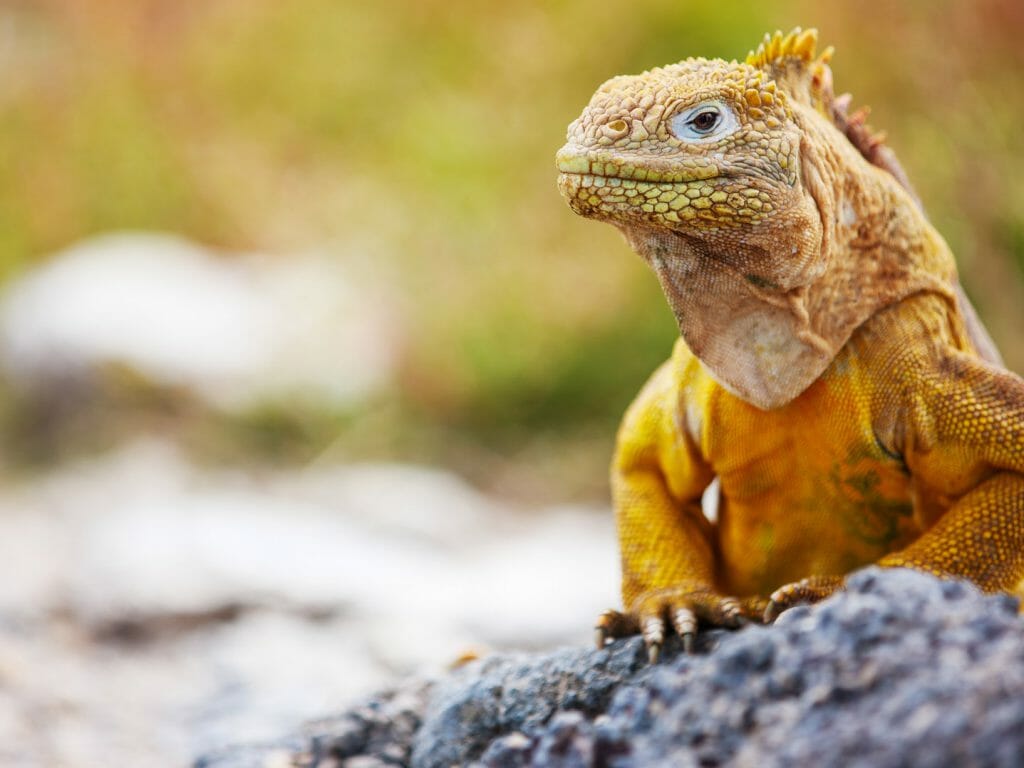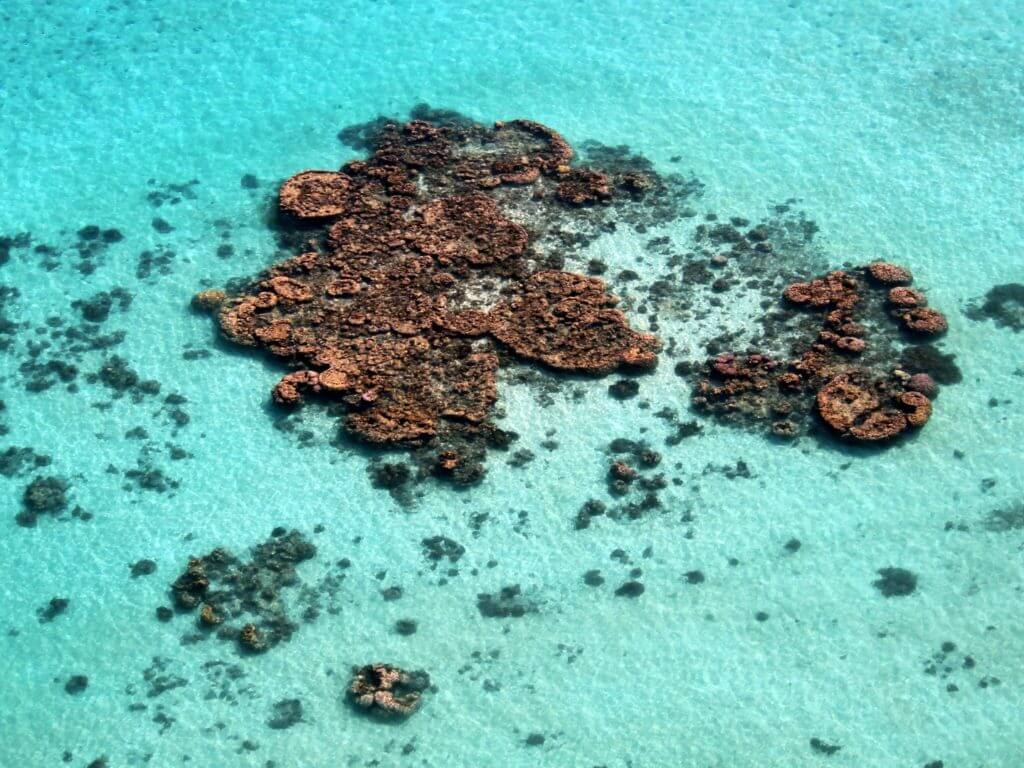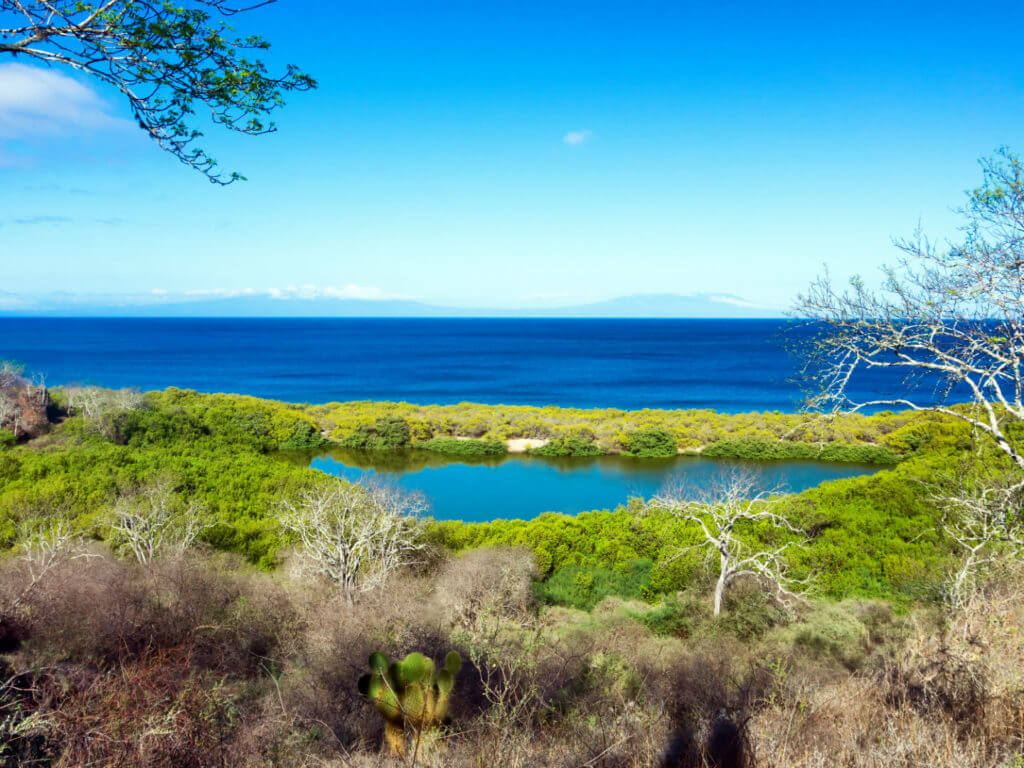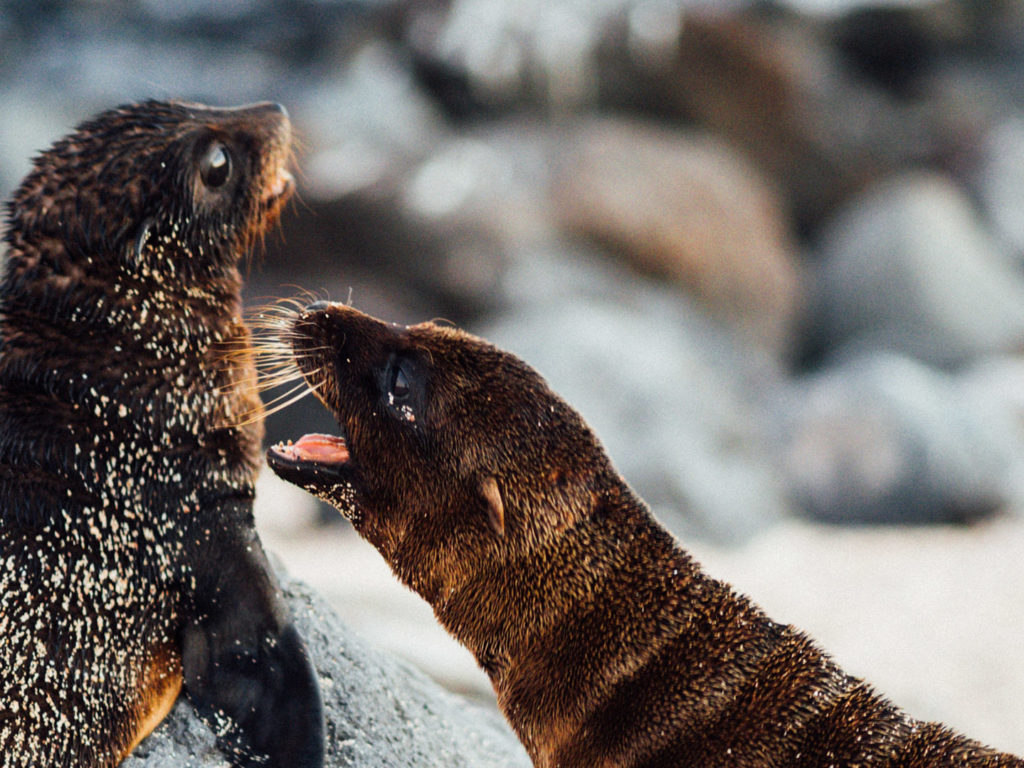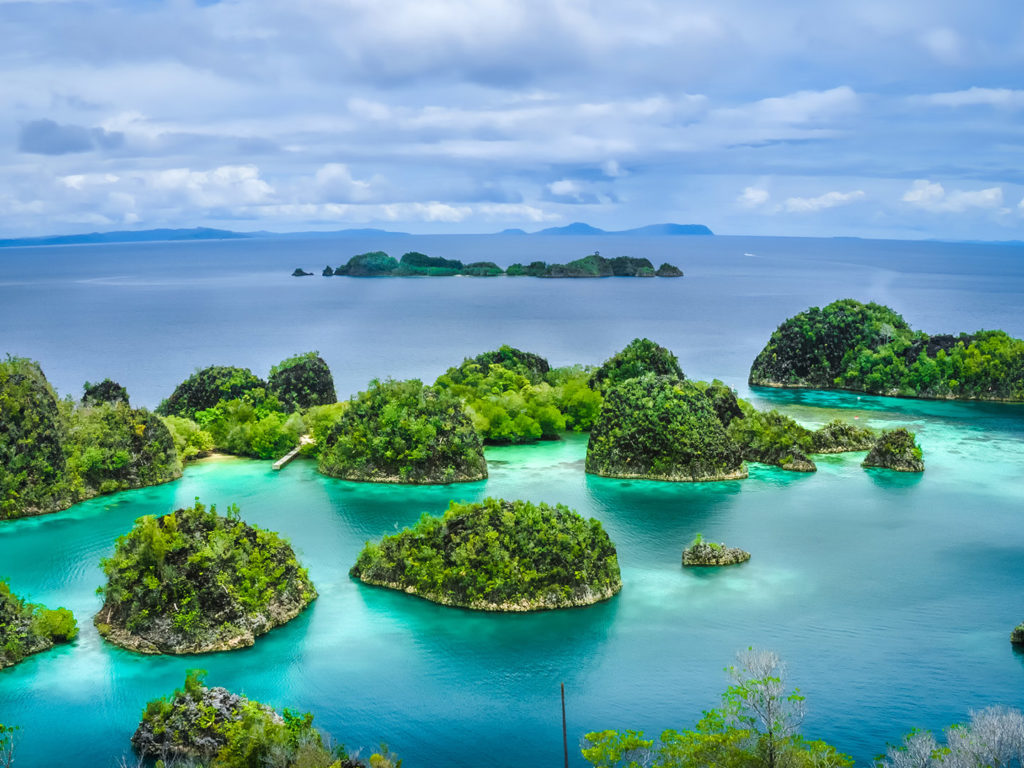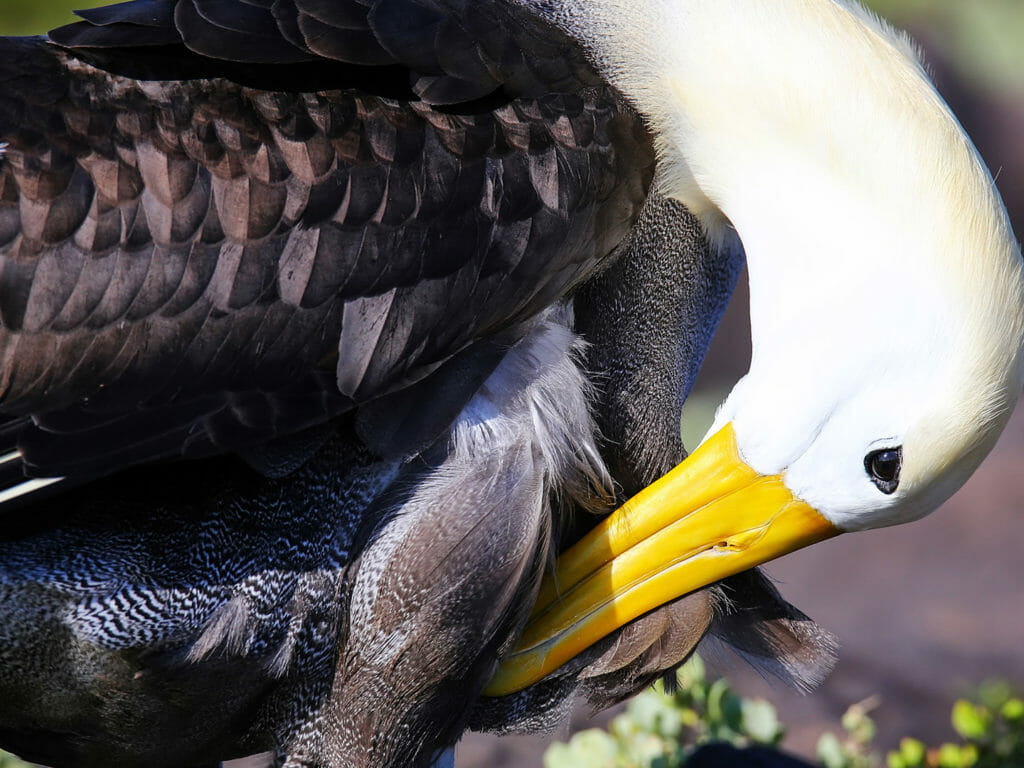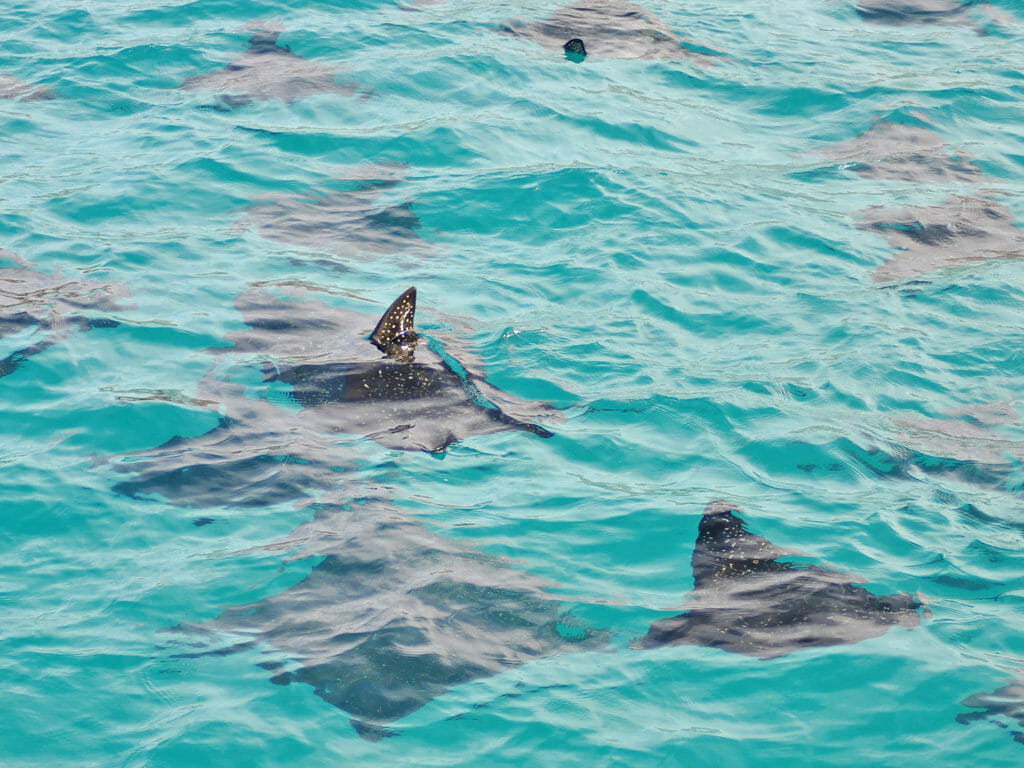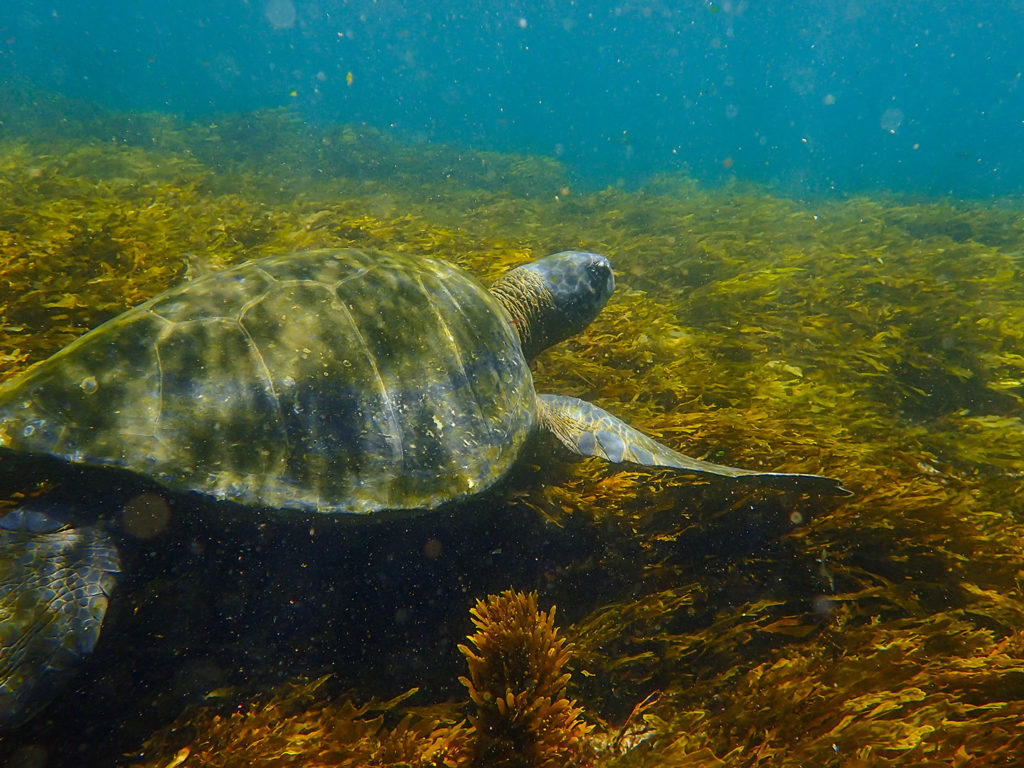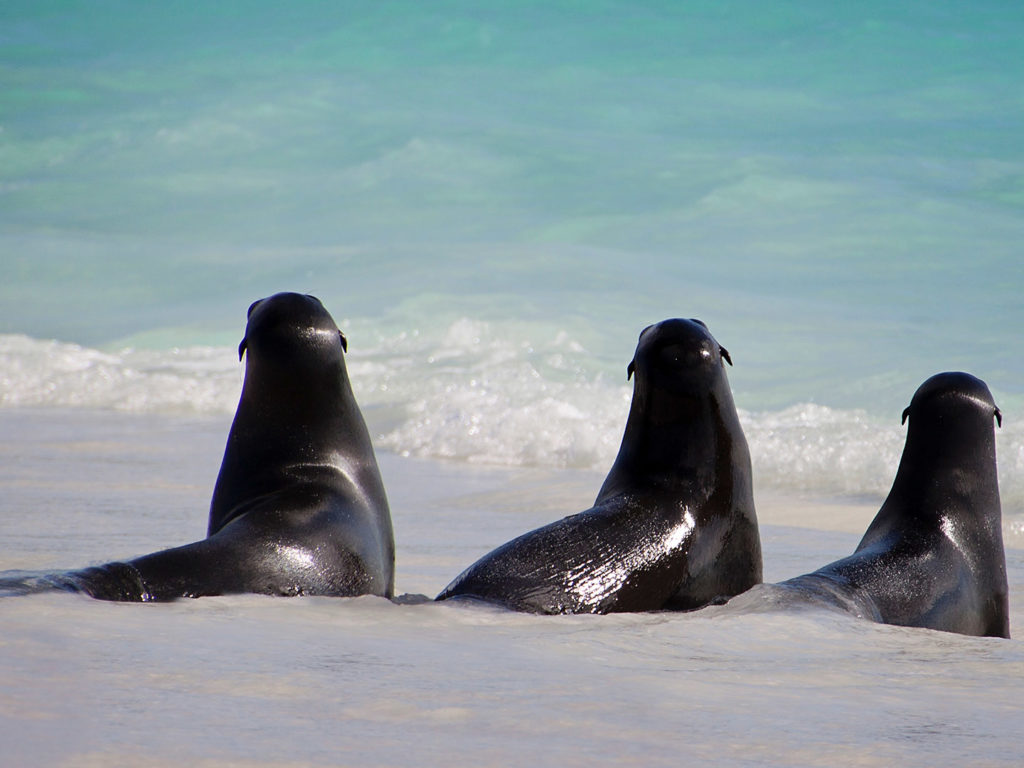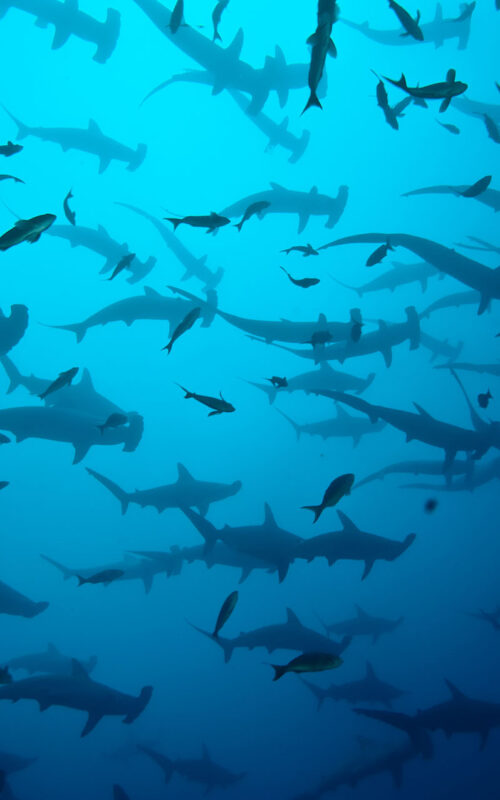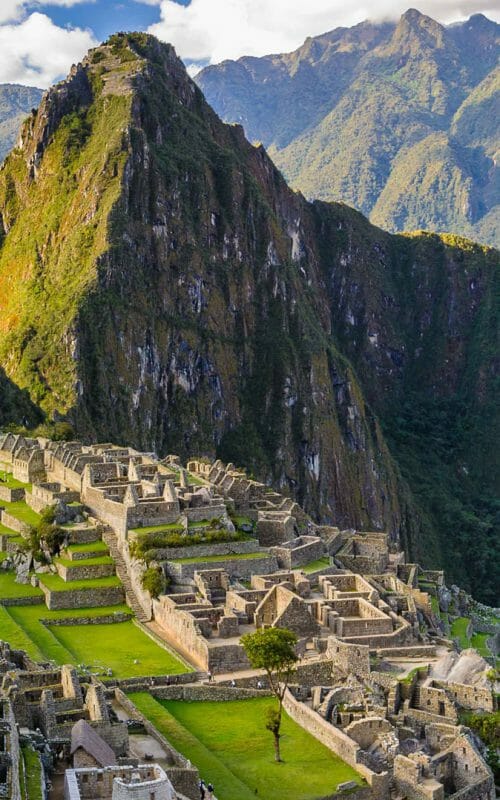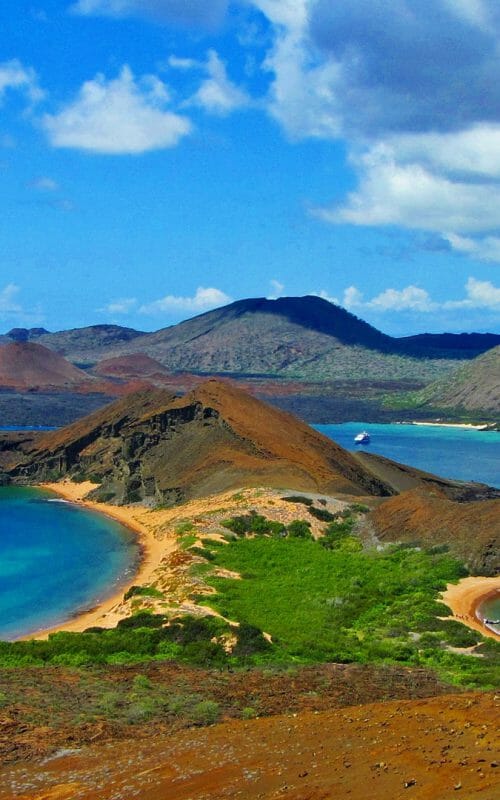On my recent visit to the Galapagos I sought answers to this critical question, canvassing the opinions of people working in tourism, tourists and drawing my own conclusions.
Where tourism has a critical role to play, is in the creation of vocal ambassadors for conservation in the world’s most fragile environments. Just as we can’t protect what we don’t know, equally we can’t expect people to speak out for causes they don’t understand and therefore do not care about. Travel can be a catalyst for action as it provides the process through which people can begin to understand. From understanding comes the capacity to care which can ultimately lead to action. As a Steppes client travelling to the Galapagos, you are automatically signed up to a year’s membership of the Galapagos Conservation Trust.
Tourism allows local communities to realise the economic potential of the wildlife they live alongside, and thus provides a compelling reason to protect it. I was listening to a Galapagos guide speak of how the smell of rotting shark fins on the island of Isabela was unbearable. This changed when the shark fishermen realised they could make a more reliable income from tourism. Now the shark is worth more alive than the money received for its fin.
It’s not a question of whether you should visit the Galapagos but how you should visit the Galapagos. At Steppes Travel, we believe a cruise is the better option. Not only does it offer a varied and exciting experience it is also more manageable and therefore more sustainable.
The visitor experience is well managed in the Galapagos. There are strict codes of conduct that visitors must adhere to and ships’ schedules are carefully organised to avoid overrunning key sites. But over 200,000 visitors came to the Galapagos in 2016 and if this number continues to grow then at what point does the tourist experience and its impact become unmanageable?
We may only know this when it is too late to undo some of the harm caused so I am in favour of an immediate freeze on tourist numbers. In addition to this cap on numbers I suggest that the authorities immediately revise the National Park Fee which currently sits at a paltry $100. To spend one hour with mountain gorillas in Rwanda requires a permit that costs $1,5000. At $100 for an unlimited stay in the Galapagos, the authorities are massively undervaluing their prime tourist asset and in doing so, missing an opportunity to raise funds for key conservation projects.
David Attenborough famously wrote:
“Without tourism, the Galapagos islands wouldn’t exist.”
Following my recent trip to Galapagos, I have seen first-hand how the future of the islands and tourism are inextricably linked. But this dependency does not give the tourism industry the right to exploit the Galapagos Islands. There needs to be a balance whereby tourism is carefully managed, and the numbers closely monitored to ensure that the islands benefit just as much, if not more than the tourists.


